Richard Shusterman: Art as Dramatization (workshop)
Art as dramatization was the second event within the project APVV-22-0397: "Naturalism and constructivism as competing or complementary programs." It took place on May 9, 2024 at the Faculty of Arts of the Comenius University in Bratislava. The keynote lecture was given professor Richard Schusterman (Florida Atlantic University, USA), pragmatist philosopher of aesthetics.
The core of the lecture was Shusterman's characterization of art as dramatization, inspired by Henry James. The speaker did not try to present a definition of art that would determine the necessary and sufficient conditions for art. He rejects such "essentialist" definitions of art and considers them unsuccessful on the grounds that art is not a natural species. He assumes his own characterization of art as dramatization as useful for explaining some elements of art.
The characterization of art as a dramatization combines aesthetic naturalism and historicism, and the speaker devoted the most space to their explanation. He characterized aesthetic naturalism as the opinion that art is a manifestation of human nature and needs. While for Aristotle, art was an expression of the need for imitation and harmony, for Nietzsche it was the expression of a "living act", and for Dewey of a living being. This is the prevailing view in evolutionary theories of art, according to which art has adaptive value because it brings people together, sharpens the mind, sharpens perception, and cultivates manual dexterity, while also being a source of pleasure and joy.
Historicism, on the other hand, understands art as a modern cultural institution, formed by social convention. For proponents of this direction, which include Pierre Bourdieu and Arthur Danto, art is what is planted and received in the art world. Therefore, according to these authors, art is art neither for its form nor for the pleasure it brings.
The pragmatist theory of art with which Shusterman enters this discussion sees both naturalism and historicism as problematic. According to him, while naturalism cannot explain historical influences on the nature of art, historicism has difficulty explaining the fact that art appears to be a universal feature of human societies. But the two theories can be merged, Shusterman argues, into a new theory called pragmatic pluralism. The key terms for understanding art as dramatization are scene and frame, which the speaker seems to understand interchangeably. The scene or frame is what both delimits and enhances the experience. Art is created by creating a framework for the work, which can be understood literally as a picture frame, or figuratively, as the context in which the work is situated - for example, a museum, gallery or simply the fact that we call something "art". It is mainly the scene/frame that makes a work of art a work of art, and this in turn serves to sharpen perception and bring the ability to perceive heightened meaning in otherwise ordinary events.
When asked how his opinion differs from historicism, the speaker replied that in his case it ultimately depends on the nature of the experience that the work of art brings, and not only on the frame. He emphasized that he sees the dichotomy between naturalism and historicism as problematic and that the two directions can be complementary. To the question of aesthetics (or the lack thereof) in pornography, the speaker answered that the aesthetic problem of pornography is the fact that everything is shown, and thus nothing is left to the imagination, which impoverishes the pornographic "work". The remaining questions concerned Shusterman's philosophical inspiration and his view of contemporary analytic philosophy, a field in which he himself worked before turning to pragmatism. Shusterman's main inspirations were Rorty, critical theory, and Wittgenstein and Austin, precisely because of the pragmatist dimensions of their works. The speaker perceives contemporary analytical philosophy critically. He believes that this line of philosophy is culturally isolated, and that it is common for old ideas to be given new names and pretend them to be breakthrough discoveries.
Adam Greif
-

Art as Dramatization (workshop) -

Art as Dramatization (workshop) -
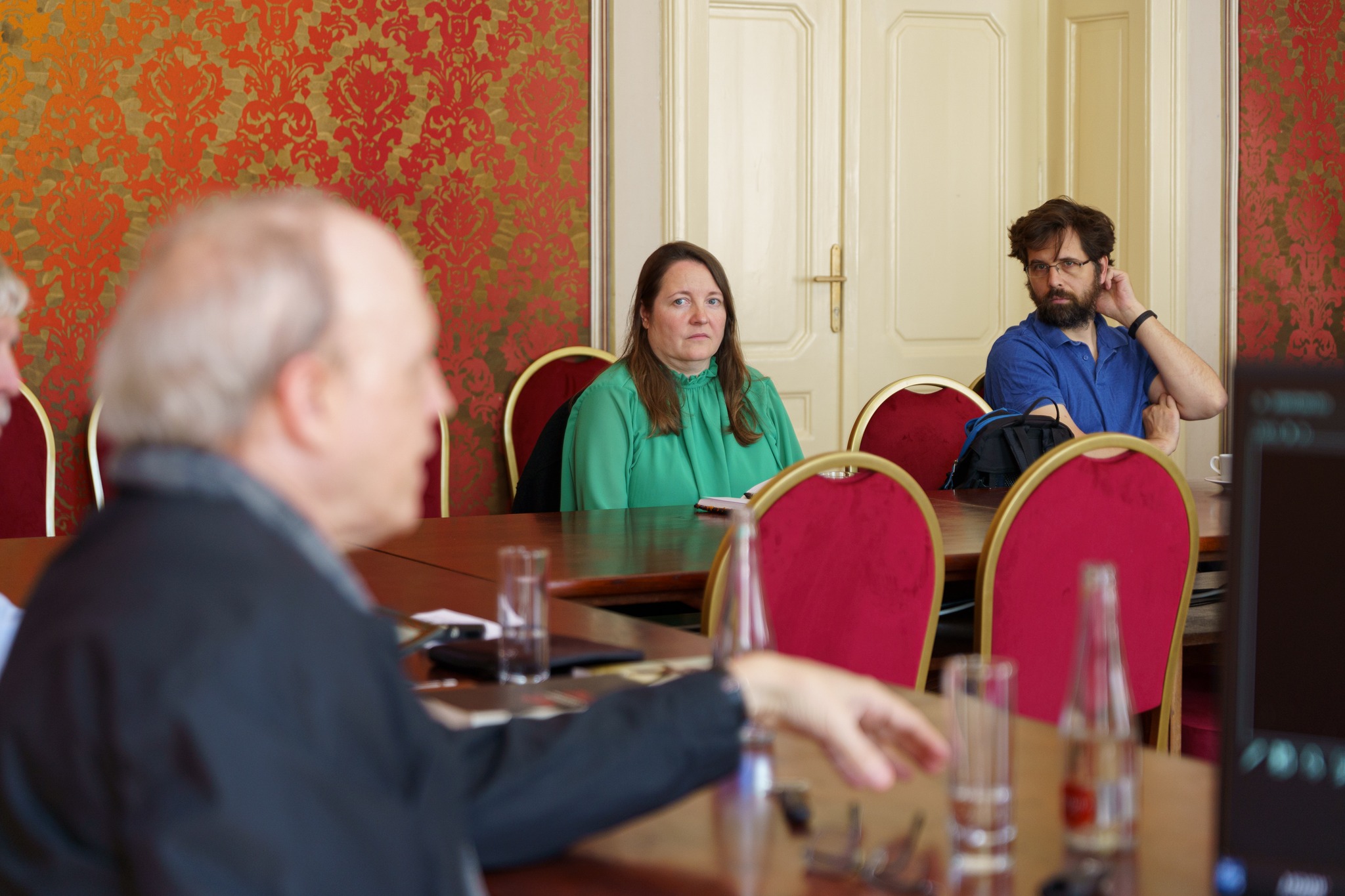
Art as Dramatization (workshop) -
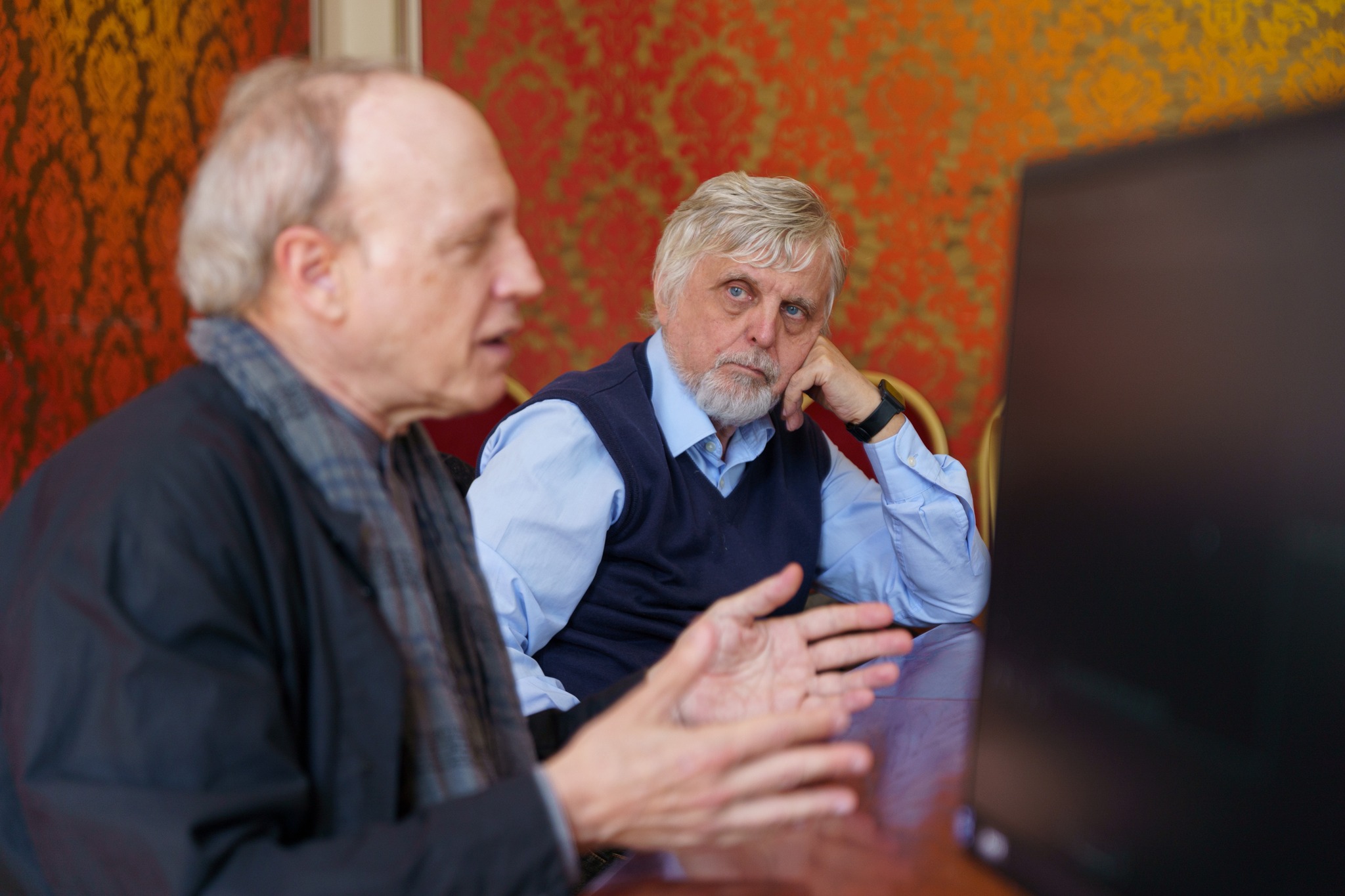
Art as Dramatization (workshop) -

Art as Dramatization (workshop) -
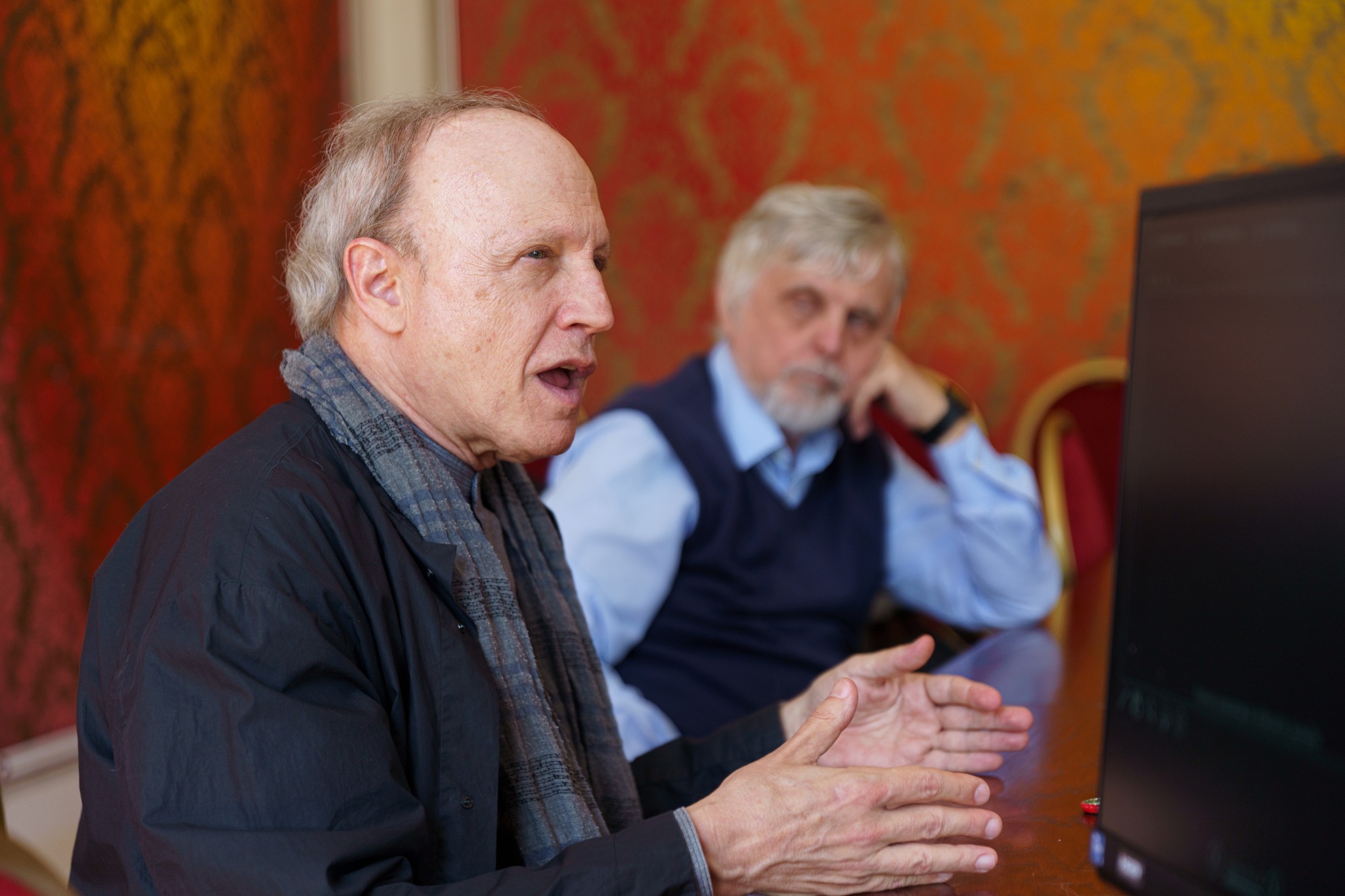
Art as Dramatization (workshop) -
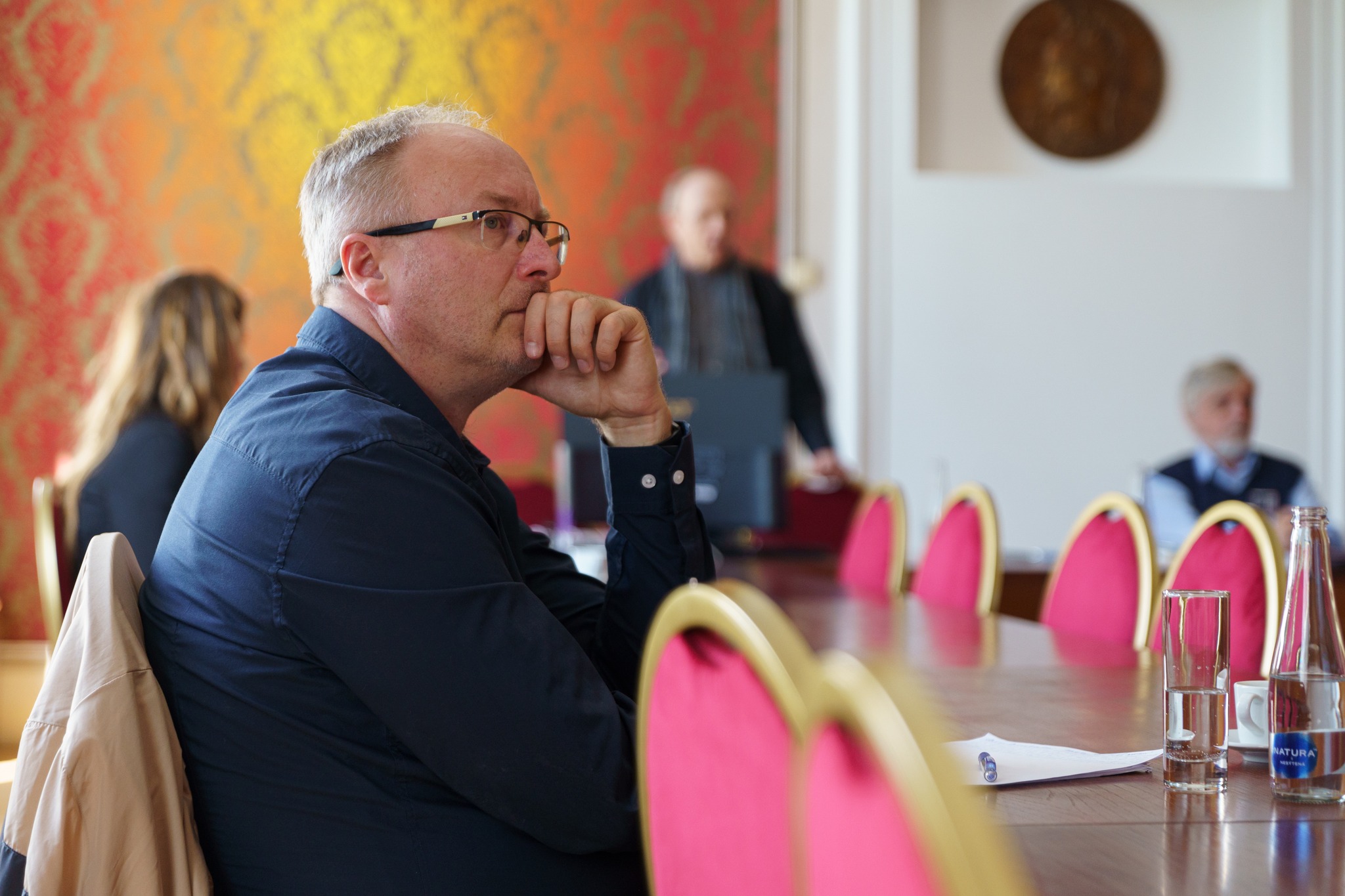
Art as Dramatization (workshop) -

Art as Dramatization (workshop) -
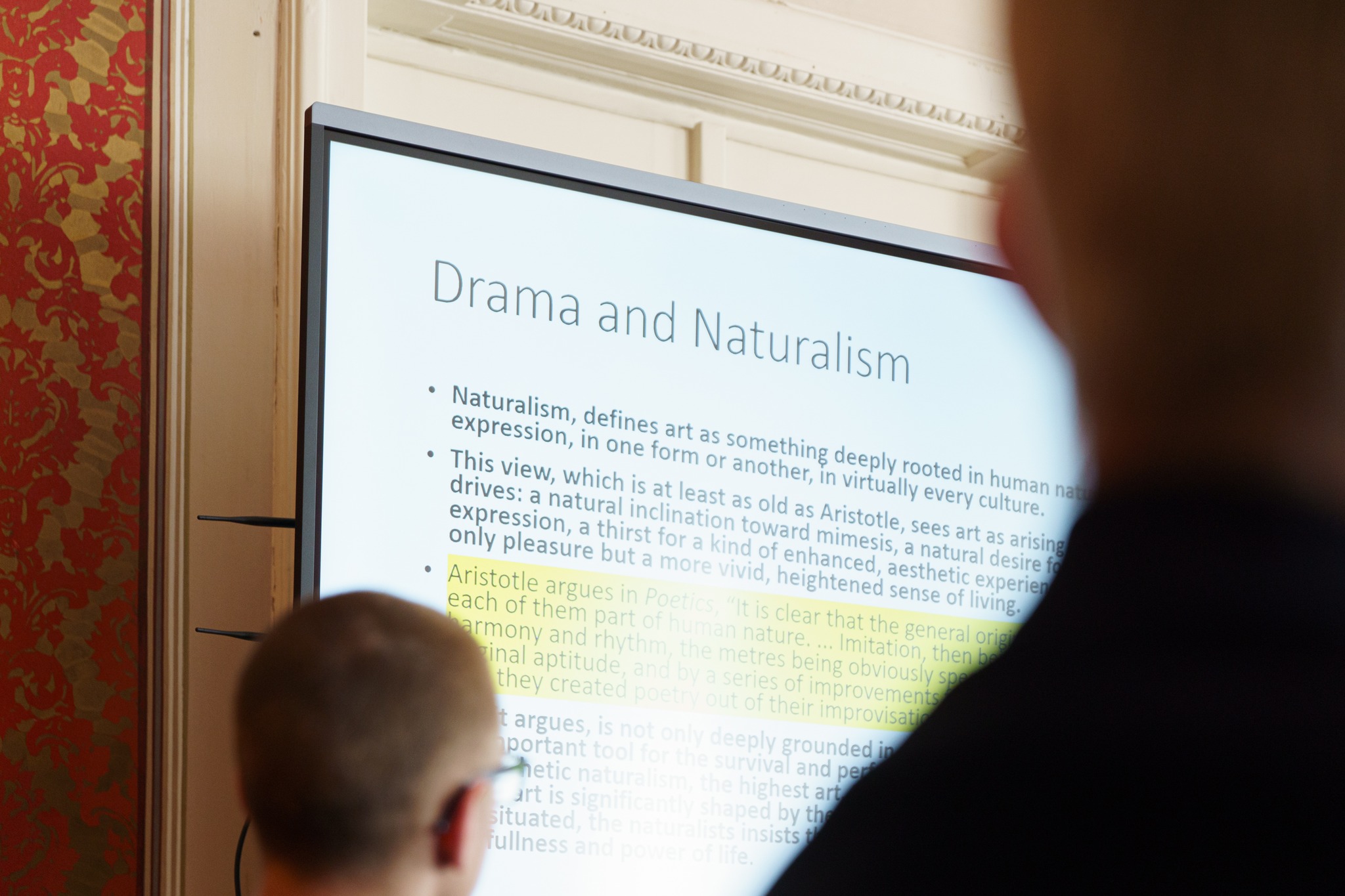
Art as Dramatization (workshop) -
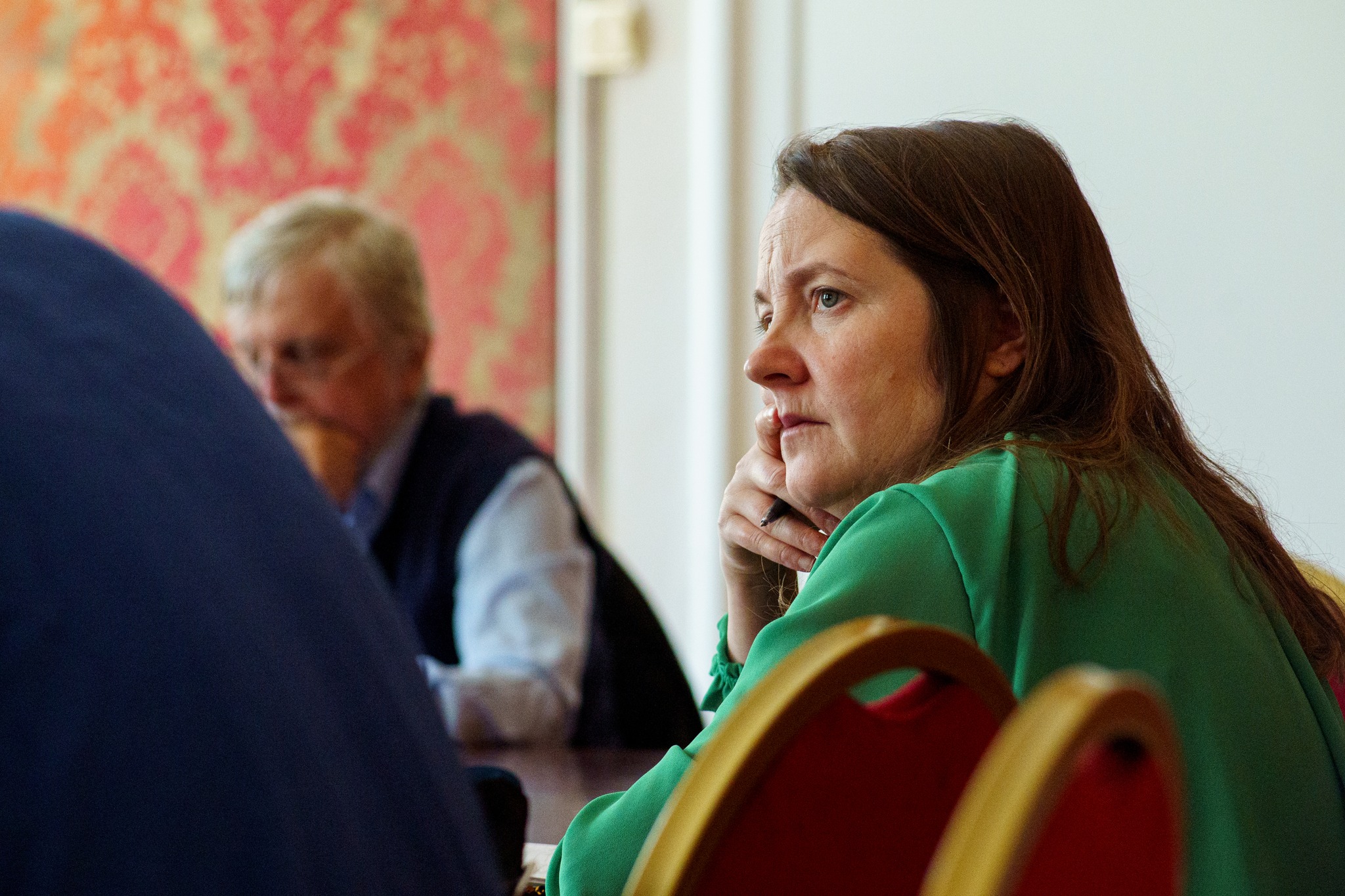
Art as Dramatization (workshop) -
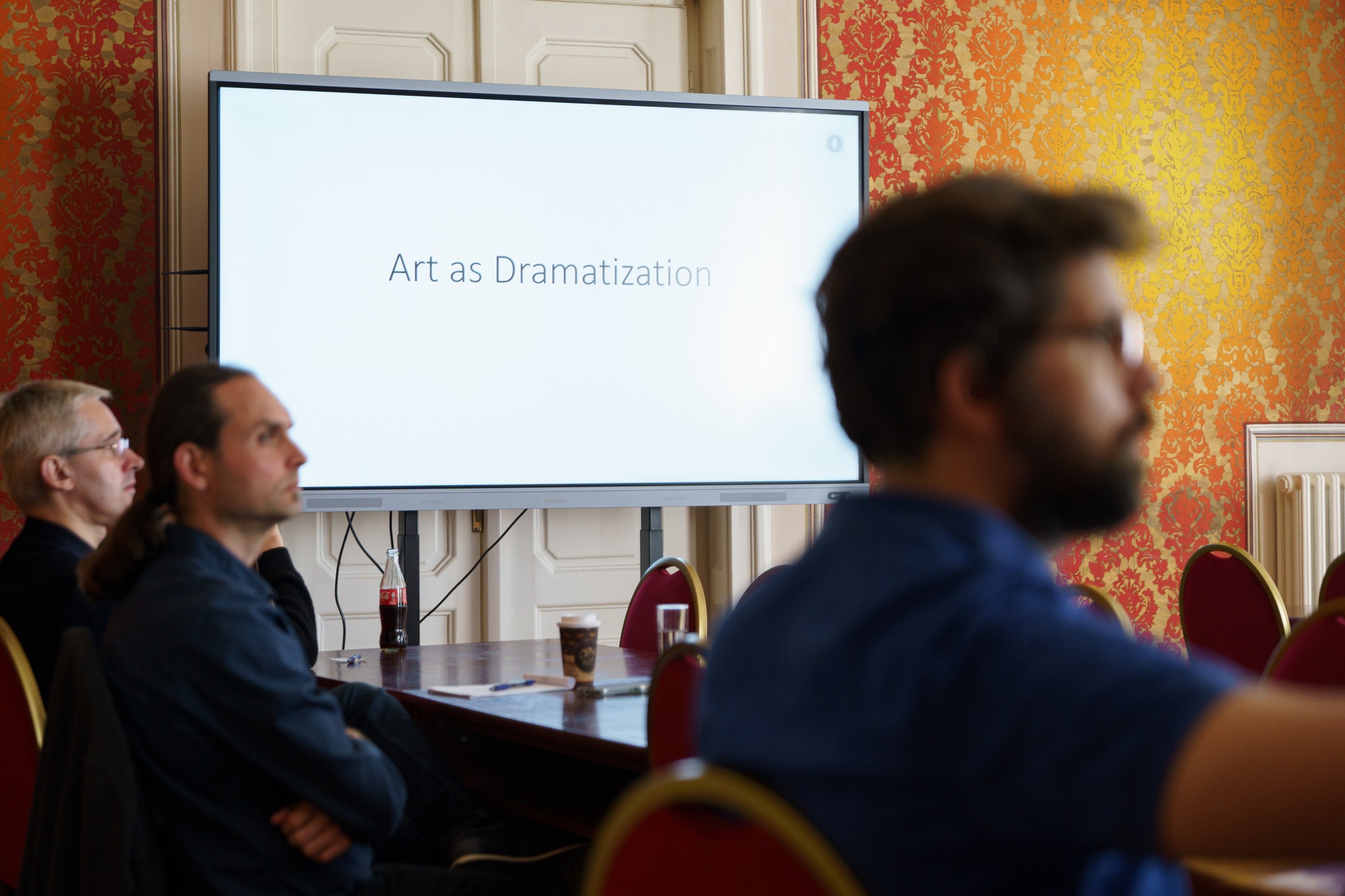
Art as Dramatization (workshop) -
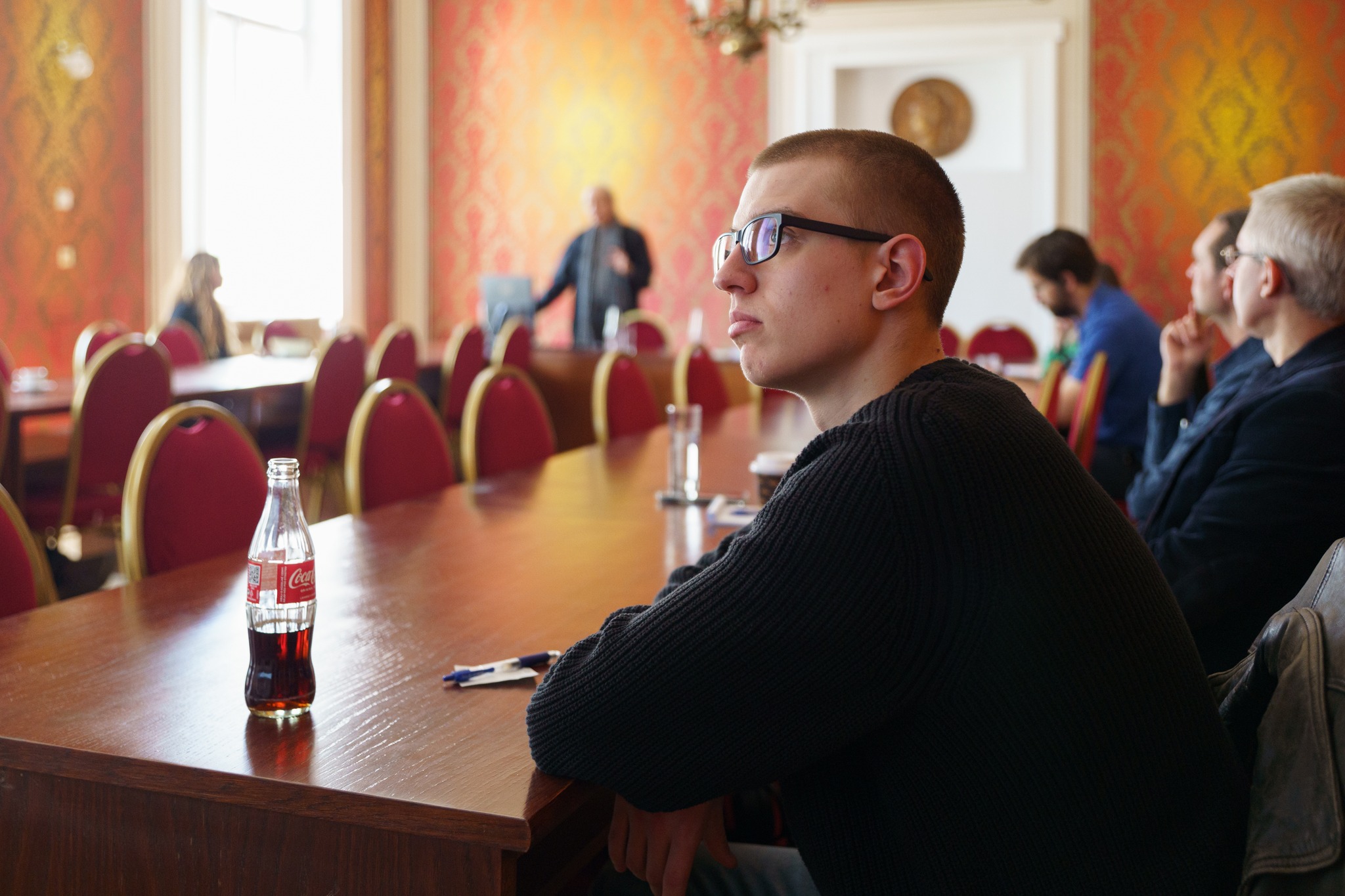
Art as Dramatization (workshop)











